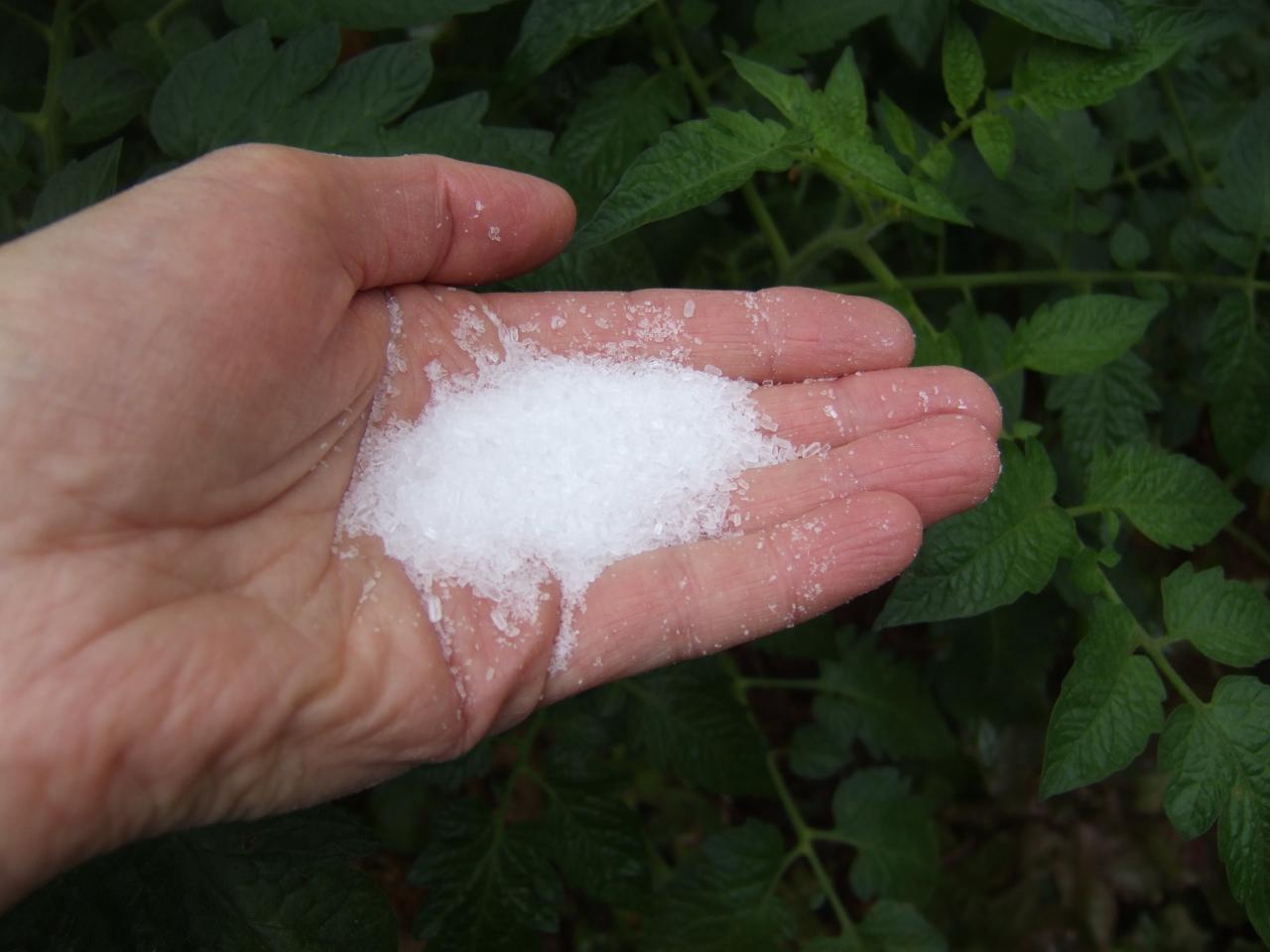Learn More About the Specific Plants That Are Negatively Affected by Epsom Salt Application
Epsom salt, a popular home solution for numerous horticulture troubles, is frequently applauded for its helpful results on plant development. Comprehending the specific plants that can be adversely influenced by Epsom salt is critical for any kind of garden enthusiast looking to enhance their plant care routine.
Roses

Roses, particularly conscious modifications in their environment, can be adversely influenced by the application of Epsom salt. While Epsom salt is commonly made use of as a plant food to promote plant growth and boost blooming, roses are just one of the plants that do not react well to its application. The high magnesium content in Epsom salt can conflict with the uptake of various other vital nutrients by the rose plants, bring about deficiencies that manifest as yellowing fallen leaves or stunted growth.
:max_bytes(150000):strip_icc()/GettyImages-1317990269-f9c37b77324f4095b1916657ff7b26fb.jpg)
Tomatoes
While Epsom salt is frequently proclaimed as a treatment for various plant issues, including blossom end rot in tomatoes, its application can lead to detrimental results if not made use of carefully. Extreme Epsom salt, which is magnesium sulfate, can interrupt the fragile nutrient balance required by tomatoes, possibly leading to deficiencies in other important nutrients like calcium. When considering the use of Epsom salt on tomatoes, it is essential to stick to suggested application rates and dirt screening to avoid unintentional consequences on the total health and wellness and performance of these beloved yard plants.
Peppers
Peppers, respected for their different colors and levels of spiciness, can show vulnerability to negative influences from Epsom salt when not applied with care and consideration for their particular dietary needs. what plants don't like epsom salt. Peppers, belonging to the Solanaceae family, call for a delicate equilibrium of nutrients to prosper. While Epsom salt is known to enhance magnesium levels in plants, extreme application can disrupt this balance, causing adverse impacts on pepper plants
When peppers are exposed to high degrees of magnesium from Epsom salt, it can hinder the plant's capability to take in various other essential nutrients like calcium and potassium. This discrepancy may show up in signs and symptoms such as fallen leave discoloration, stunted development, and lowered fruit production. In addition, the excessive magnesium can modify the dirt pH, more intensifying nutrient uptake concerns for peppers.

Rhododendrons
Provided the sensitivity of specific plant types to inequalities caused by Epsom salt, it is vital to consider the influence on Rhododendrons, which additionally need details nutrient degrees to prosper. Rhododendrons are acid-loving plants that choose acidic dirt problems with a pH array between 4.5 and 6.0. Epsom salt, chemically called magnesium sulfate, can alter the soil pH and disrupt the delicate balance of nutrients crucial for Rhododendron health and wellness.

To preserve the ideal development and wellness of Rhododendrons, it is vital to avoid the indiscriminate use of Epsom salt and rather concentrate on offering the particular acidic soil problems and nutrients that these plants need for prospering.
Azaleas
Azaleas, understood for their dynamic blossoms and wide series of colors, are ornamental shrubs that come from the Rhododendron genus. These preferred blooming plants are typically located in parks, landscapes, and yards because of their charm and flexibility. Azaleas are delicate to modifications in dirt pH levels, which can substantially influence their development and overall wellness. While Epsom salt is generally utilized as a remedy for magnesium shortage in plants, its application to azaleas can have negative effects.
When Epsom salt is used to azaleas, it can modify the dirt pH, making it more acidic. Azaleas choose a little acidic soil problems, and an unwanted of magnesium from Epsom salt can disrupt this balance, resulting in nutrient inequalities and potential toxicity issues. The wrong application of Epsom salt can result in stunted growth, yellowing of fallen leaves, and overall decrease in the health of azaleas. It is vital to be careful when taking into consideration the use of Epsom salt on azaleas to prevent any type of unfavorable effects on these fragile decorative hedges.
Final Thought
To conclude, it is important to be mindful of the specific plants that can be detrimentally affected by the application of Epsom salt. Roses, tomatoes, peppers, rhododendrons, and azaleas are some instances of plants that anonymous may not take advantage of Epsom salt and might also endure damage. It is important to study and recognize the needs of each plant types before utilizing Epsom salt as a plant food to ensure their health and wellness and wellness.
Comprehending the certain plants that can be detrimentally affected by Epsom salt is vital for any type of gardener looking to maximize their plant treatment routine. While Epsom salt is commonly used as a fertilizer to promote plant growth and boost flowering, roses are one of the plants that do not react well to its application.Extreme usage of Epsom salt can likewise result in an accumulation of salts in the soil, leading to root damages and dehydration of the rose plants. While Epsom salt is recognized to increase magnesium degrees in great post to read plants, extreme application can disrupt this stability, leading to damaging impacts on pepper plants.
The high salt web content in Epsom salt can also dry out Rhododendron origins, creating further stress and anxiety and damage to the plant. (what plants don't like epsom salt)